The perfect omelette Arnold Bennett. Photograph: Felicity Cloake/GuardianDo you use smoked haddock or another fish? Hollandaise, bechamel, double cream – or all three? And which other elaborate breakfasts are worth getting up an hour early to make?This recipe was a reader’s request (hey, we DO listen at the Guardian), but one I was only too happy to oblige. Not only is this ridiculously rich, smoky breakfast dish named after one of my favourite – criminally underrated – novelists, but it is one of my favourites too. The story goes that the dish was created for Bennett in 1929 by Jean Baptiste Virlogeux, a chef at the Savoy, during his stay while researching the second of two books he set in the hotel (admittedly not his finest work, but with a breakfast like this every day, who can blame the poor man for being a little distracted?). It has been on the menu there ever since, and has proved a magnet for chefs wanting to mess about with it, or, as Gary Rhodes puts it, “take the classic idea and adapt it to suit their own style”. With so many recipes out there, what is the best way to pay tribute to dear old Arnie?
The eggs
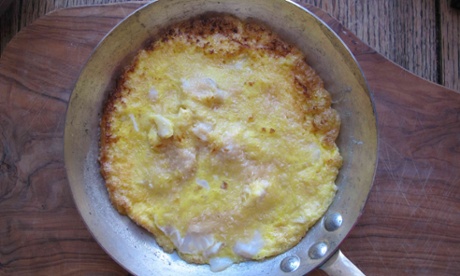
You might think that the omelette part of proceedings was relatively straightforward, but even here, there is room for innovation. While Hugh Fearnley-Whittingstall and Nick Fisher’s River Cottage Fish Book instructs readers to cook the eggs “just as you would any omelette”, most other recipes simply pour the egg in and leave it to set, rather than going for the classic stir and tip technique. Even more unusually, Marcus Wareing, who claims the dish was “the first thing I put on the menu when I took over at the Savoy Grill”, goes for two layers of softly set scrambled eggs instead.
After eating our way through six different versions, we have a better idea of what we’re looking for. The eggs should be whipped off the heat while still creamy and loose – leave them too long, and they will make the dish too dense and dry; take them off too soon and they will thin the sauce. Wareing’s scrambled eggs get lost among the other ingredients, while the no-stirred omelettes are all too easy to undercook on top and overcook beneath, so I’ll be sticking with my tried and tested method.
The fish
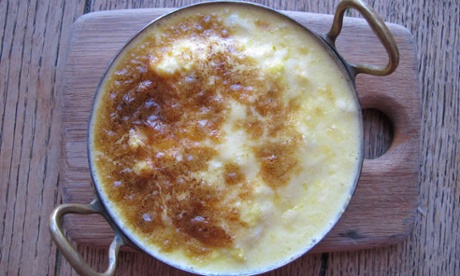
The dish was originally made with smoked haddock, stocks of which were probably in a healthier state in Bennett’s day. But, as River Cottage observes, it works with almost any smoked, firm white fish, including pollack if you can get hold of it. That fish should be poached very gently indeed, so it remains soft and juicy – Tom Kerridge puts it in hot milk and leaves it to sit off the heat, so it cooks as the liquid cools, which seems to be the safest path. He also infuses the poaching liquid with onions, cloves, bay leaves and parsley stalk, which means it makes a savoury, well-rounded sauce later – and a rich one too, if, like River Cottage, you mix that milk with double cream. And if you think this sounds hopelessly decadent, you ain’t heard nothing yet …
The sauces
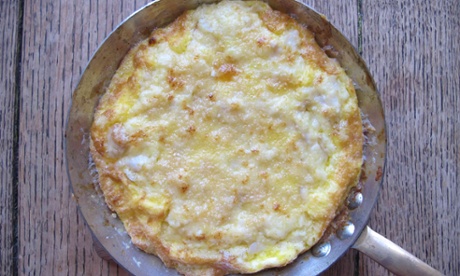
This is where things start to get really interesting. According to Simon Hopkinson and Lindsey Bareham’s book The Prawn Cocktail Years, the original recipe is topped with a mixture of hollandaise and bechamel sauces cut with whipped cream. Not only does this require an entire battery of pans and take nearly an hour, but, though delicious, the results are so rich and thick that we struggle to finish one between two of us. I would recommend a trip to the Savoy to enjoy one made by someone else, but at home, I’m not sure this is the best option.
Wareing also uses a hollandaise, in his case mixed with double cream (because the thing missing from an egg yolk and butter sauce is more fat). It is outrageously moreish, but quite thin – more like a buttery soup than a sauce – and makes no use of the fish poaching liquid, which seems a waste (though the dog does appreciate the surprise snack). Kerridge and River Cottage use the poaching milk to make a sauce; the former a bechamel enriched with egg yolks and the latter a custard. Both are a success, but the velvety texture of the enriched bechamel feels truer to the spirit of the original dish.
Seb Emina’s Breakfast Bible gives a “cheat’s recipe” for “those with things to do or without staff”, which simply mixes the flaked fish with seasoned double cream. Easy, and remarkably good, though I’m not sure how wise it is to know you can knock up a decent spin on a dangerously delicious dish in less than 10 minutes.
Cheese and onions
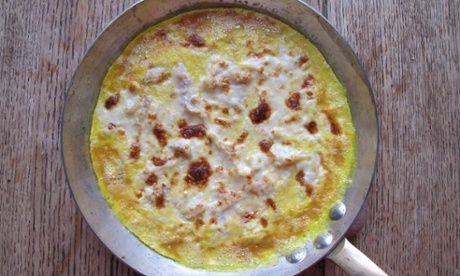
The Savoy and Kerridge recipes are finished with parmesan, River Cottage and Marcus Wareing go for cheddar and Emina suggests gruyere. Cheddar is a little too aggressively cheesy for my liking in such a rich, fishy dish, while the gruyere, though better, is rather sweet. I think the piquant saltiness of the parmesan works best, though I can’t believe Kerridge really sticks in 50g a person. River Cottage add chopped spring onions to their omelette which look great, but compete with the fish for dominance. For a similar splash of colour, but a subtler, more complementary flavour, I’ve used chives.
This is nominally a breakfast dish, though anyone hoping to do anything more than lie down and perspire afterwards should probably steer clear. If anyone asks why you’ve gone back to bed, just say you’re working on your novel.
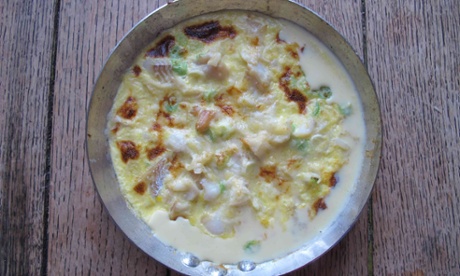
The perfect omelette Arnold Bennett
(Serves 2)
200ml milk
130ml double cream
½ onion, chopped
1 bay leaf
½ tsp peppercorns
Grating of nutmeg
200g smoked pollack, sustainable haddock or other white fish fillets
35g butter
25g flour
4 eggs, plus 2 yolks
20g parmesan, finely grated
1 tbsp chopped chives
Put the milk and 100ml of the cream in a small pan with the onion, bay leaf, peppercorns and a grating of nutmeg. Bring to a simmer, then take off the heat and leave to infuse for 30 minutes.
Strain the infused milk, discarding the solids, and return to the pan. Bring to a simmer, then add the fish, cutting it up if necessary to fit as much of it beneath the surface as possible. Take off the heat and leave to cook, removing it with a slotted spoon once it flakes easily (about five minutes, but may be longer depending on the thickness of the fish). Remove the skin, if necessary, and flake into large chunks.
Melt 25g butter in a small pan (you can use the same one) over a medium-low heat, then whisk in the flour. Cook for a couple of minutes, then gradually whisk in the fish poaching liquid and cook until it thickens. Take off the heat.
Whisk the egg yolks with the remaining cream, then very gradually whisk into the sauce. Stir in the fish and season to taste.
Heat the grill. Whisk the remaining eggs with a little seasoning (bearing in mind the fish will probably be quite salty), and heat half the remaining butter in a small omelette pan (or all of it in a larger pan if you want to make one to share) over a medium-high flame. When the foam subsides, pour in half the eggs (or all of them, as before) and shake the pan to cover the base, then leave until they start to bubble. Use a fork to draw the sides into the centre, at the same time tilting the pan to move any runny egg to the sides. When it is still a little loose in the middle, take off the heat and add half the sauce. Top with the cheese.
Repeat with the second omelette (if making two small ones), tipping the first on to a heatproof plate, then grill both until lightly golden. Top with chives and serve.
Omelette Arnold Bennett: a worthy tribute to a great writer, or the kind of unfashionably rich creation you would expect from a man dismissed by Woolf a mere “Edwardian”? And which other elaborate breakfasts are worth getting up an hour early for?















